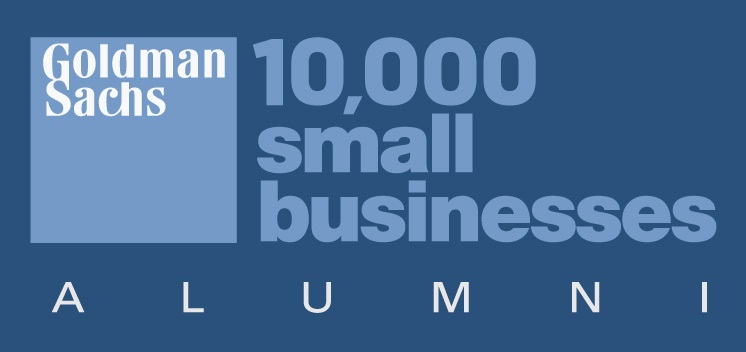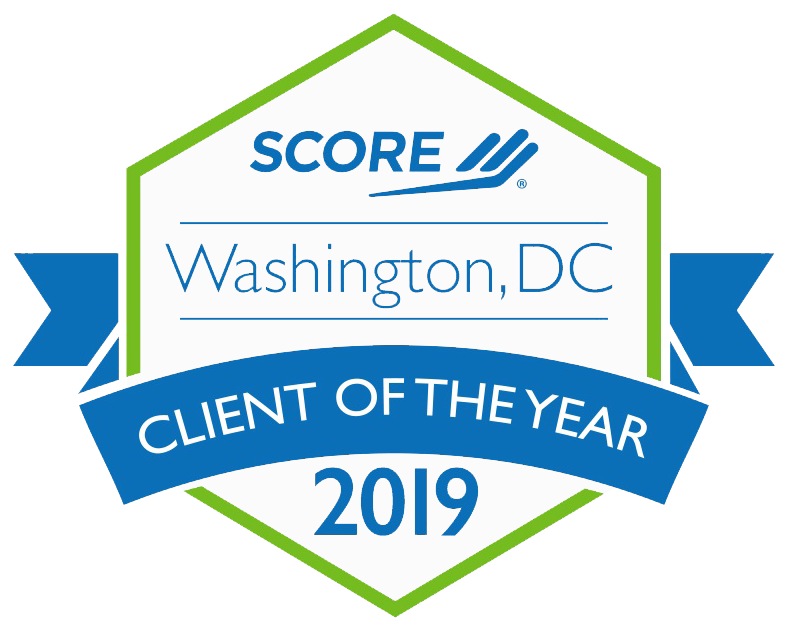My son used to watch the series “Bob the Builder” when he was fascinated/obsessed with construction vehicles. Bob always had a plan and also had all the tools he needed to get the job done. As professionals in the nonprofit and grants community, we have to use almost every tool in our arsenal (and take advantage of free ones) to gather and track data. However, we are often left without the tools that are really needed, and why we evenneed to do this in the first place.
- Data = Power. When you have data to measure the impact of your programs, not only have you irrefutably sell your programs and organization, but you can obtain ambassadors to support you as well. This can take months or even years to establish, but this is so important given the heightened intensity of grant competitions and retaining long standing (and new) funders.
- Good Data vs. Bad Data. Take some time to think through what you are trying to gather – outputs are important, but they don’t tell you the story of whether your proof of concept or program actually led to positive outcomes and impact. Make sure what you track is actually measuring the goals you have set forth, and include applicable stakeholders in the process.
- Data Tracking – Laying the Foundation for Success. I cannot stress this enough, but if you want to spend money on something, it would be a tool, consultant, software and/or in-house expert who can develop an evaluation plan and resources to track data. It may be a financial investment up front, but will reap rewards down the road.
- Check and Re-check. Make sure your data is accurate and review/analyze this information on a regular basis. People make mistakes (including technology) so you will want to ensure that you are getting what you need from the resources you are using.
- Share with Others. Now that you have some great information, share it through your social media sites, newsletters, conferences, and marketing materials. You now have an arsenal of information!





